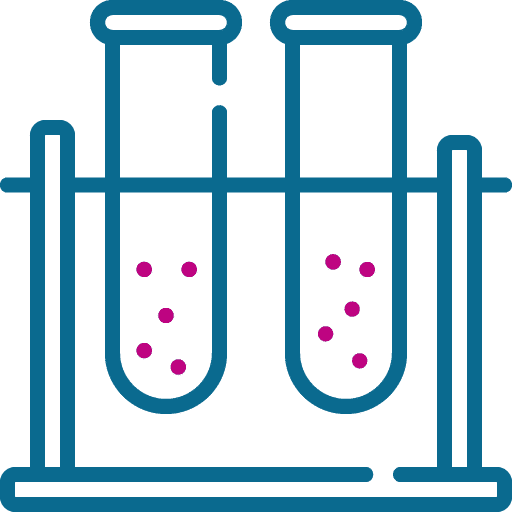Triglycerides

Triacylglycerol testing is used to properly assess the risk of cardiovascular disease.
What is the need for a study?
Triacylglycerol testing is used to properly assess the risk of cardiovascular disease. The test is required if there are adverse values in other lipidogram tests (cholesterol, low-density lipoprotein (LDL) cholesterol and high-density lipoprotein (HDL) cholesterol).
When should I have a – triglycerides – test?
For adults, triacylglycerol testing is recommended every five years. The test is performed more frequently (up to several times a year) in patients who have been prescribed a diet and/or triacylglycerol-lowering drugs to check the effectiveness of the adapted measures. Reducing triacylglycerols to desirable levels means a reduced risk of heart disease. Triacylglycerol tests are also more commonly prescribed for people at higher risk of heart disease: smokers, people over 45. for men or women aged 55 or over women with hypertension (blood pressure above 140/90 mmHg or on blood pressure-lowering medication), diabetes, and known history of cardiovascular disease in relatives at an early age (up to age 55 for men and up to age 65 for women).
This test is particularly important for people with diabetes, as triacylglycerol levels increase significantly when glucose levels are out of control.
What sample is needed for the test?
Blood is drawn from a vein in the arm.
How to prepare – triglycerides – for the test?
You should abstain from eating for 9-12 hours before the sample is taken. You can only drink water.
What do my results mean?
Normal fasting triacylglycerol levels are less than 1.70 mmol/l. Levels of 1.7-2.2 mmol/l are considered too high, while levels of 2.3-5.6 mmol/l are considered too high. Concentrations above 5.6 mmol/l are considered very high.
High levels of triacylglycerols are associated with an increased risk of heart disease. Factors that contribute to the increase in triacylglycerol levels include lack of physical activity, overweight and obesity, smoking, alcohol abuse, genetic factors and diseases such as diabetes, kidney disease and hypothyroidism.
High levels of triacylglycerols are usually, but not always, associated with high cholesterol.
If triacylglycerol levels are very high (above 11.30 mmol/l), there is a risk of developing pancreatitis.
Related studies
Glucose, high-sensitivity C-reactive protein, NT-proBNP, other lipids: cholesterol, LDL cholesterol, HDL cholesterol, lipoprotein(a), ApoA, ApoB, non-HDL cholesterol, atherogenicity index
Related conditions/diseases.
Cardiovascular diseases: myocardial infarction, stroke, hypertension, diabetes mellitus, pancreatitis, kidney disease, hypothyroidism.
You can consult our family doctors.


